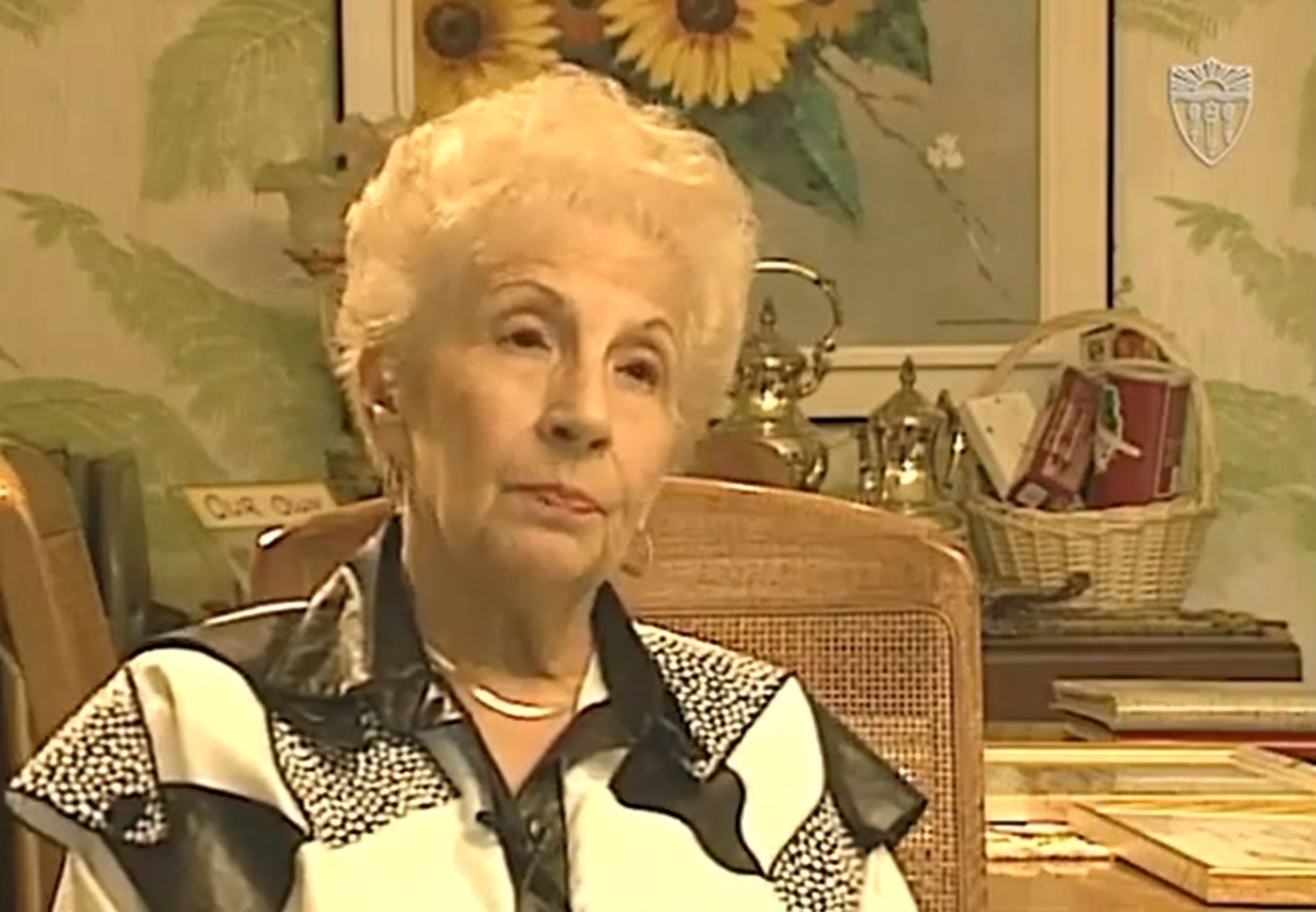- Step-by-step procedures
- Estimated completion time
- Resources labeled by icons






 direct teachers to the piece of content named in the procedures
direct teachers to the piece of content named in the procedures - Print-ready pages as indicated by
 are available as PDFs for download
are available as PDFs for download  located above “KEY WORDS” to access student handouts and vocabulary in Spanish
located above “KEY WORDS” to access student handouts and vocabulary in Spanish- Subtitles/CC [ found in
 ] available in Spanish and English for testimonies
] available in Spanish and English for testimonies
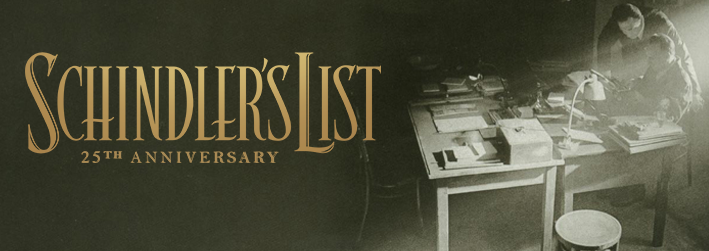
In honor of Universal Pictures’ rerelease of Schindler’s List, Echoes & Reflections has created a short, classroom-ready Companion Resource, that will help educators to provide important historical background and context to the film, as well as explore powerful true stories of rescue, survival, and resilience with their students.
Additionally, the following videos, recorded at Yad Vashem, feature Schindler survivors who speak of the impact Oskar Schindler had on their lives.
EVA LAVI TESTIMONY
NAHUM & GENIA MANOR
The posters feature the powerful words and experiences of Holocaust survivor and memoirist Elie Wiesel, Holocaust survivor Kurt Messerschmidt, and Anne Frank rescuer, Miep Gies. Each poster promotes meaningful conversation and reflection in the classroom, whether in person or in a virtual setting, and inspires students with powerful human stories of the Holocaust that can continue to guide agency and action as a result of studying this topic.
To support you in these efforts, we have also compiled several suggested classroom activities from teachers in our network that may be of use and interest.
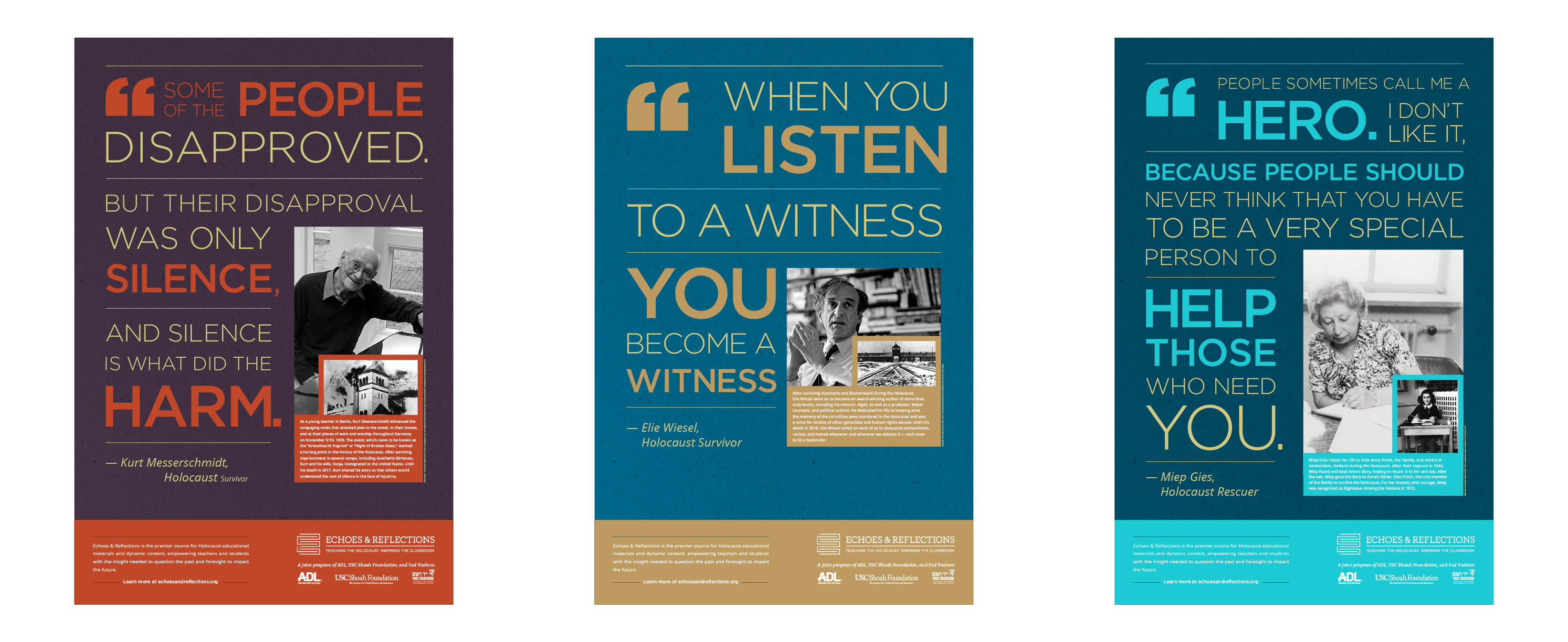
Please fill out the form below to access and download your PDF posters.

USC Shoah Foundation’s first podcast, We Share The Same Sky, seeks to brings the past into present through a granddaughter’s decade-long journey to retrace her grandmother’s story of survival. We Share The Same Sky tells the two stories of these women—the grandmother, Hana, a refugee who remained one step ahead of the Nazis at every turn, and the granddaughter, Rachael, on a search to retrace her grandmother’s history.
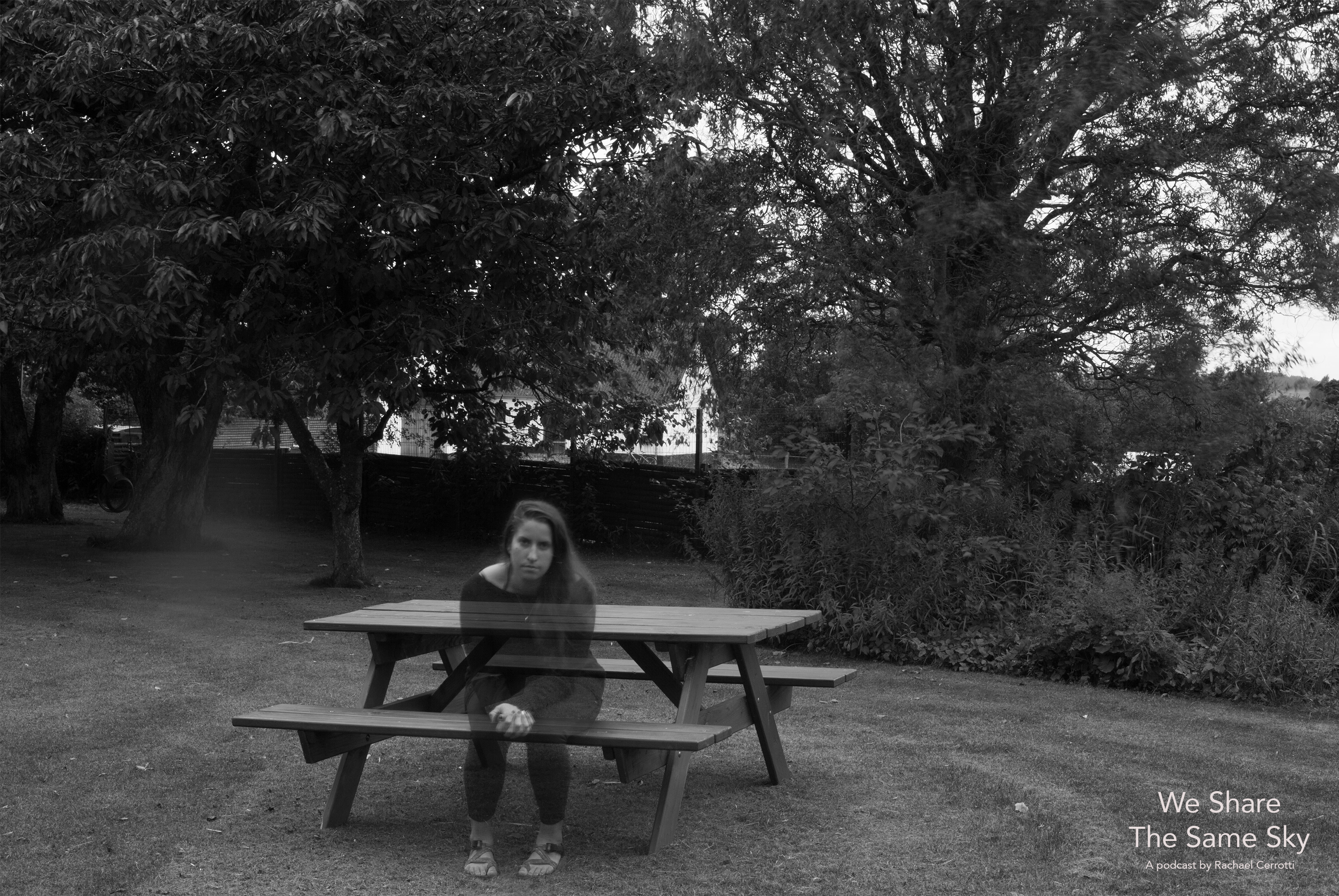
A self-portrait of Rachael while she is living on a Danish farm that is owned by the granddaughter of Hana’s foster mother from World War II. Photo by Rachael Cerrotti, 2017
In order to enhance its classroom use, USC Shoah Foundation and Echoes & Reflections have created a Companion Educational Resource to support teachers as they introduce the podcast to their students. This document provides essential questions for students, as well as additional resources and content to help build context and framing for students’ understanding of the historical events addressed in the podcast.
Access to the podcast, as well as additional supporting materials—including IWitness student activities, academic standards alignment, and general strategies for teaching with podcasts—can all be found at the We Share The Same Sky page in IWitness.
Note: Due to the subject nature, the podcast is appropriate for older students, grades 10-12. As always, teachers should review the content fully in advance to determine its appropriateness for their student population.

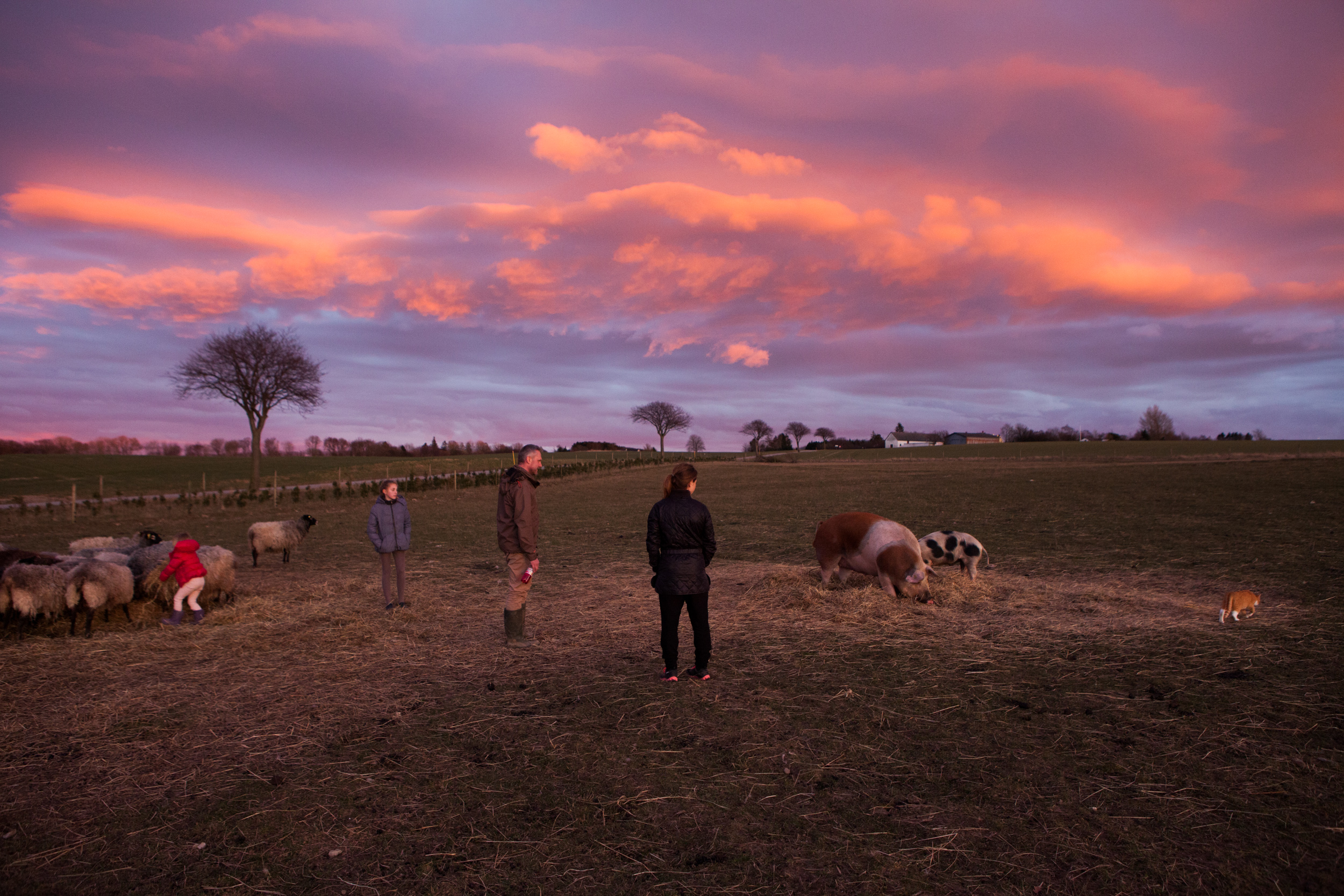
After many years of research and digitizing the archive her grandmother left behind, Rachael set out to retrace her grandmother’s 17 years of statelessness. Her intention was to travel via the same modes of transportation and to live similar style lives as to what her grandmother did during the war and in the years after. That meant that when she got to Denmark, she moved to a farm. Rachael moved in with the granddaughter of her grandmother’s foster mother from World War II and traded her labor for room and board as Hana once did. This picture is from that first visit in the winter of 2015. Since this time, Rachael has spent many more months living on this farm. It is owned by Sine Christiansen and her family. Sine is the granddaughter of Jensine, one Hana’s foster mother from World War II. Photo by Rachael Cerrotti, 2015
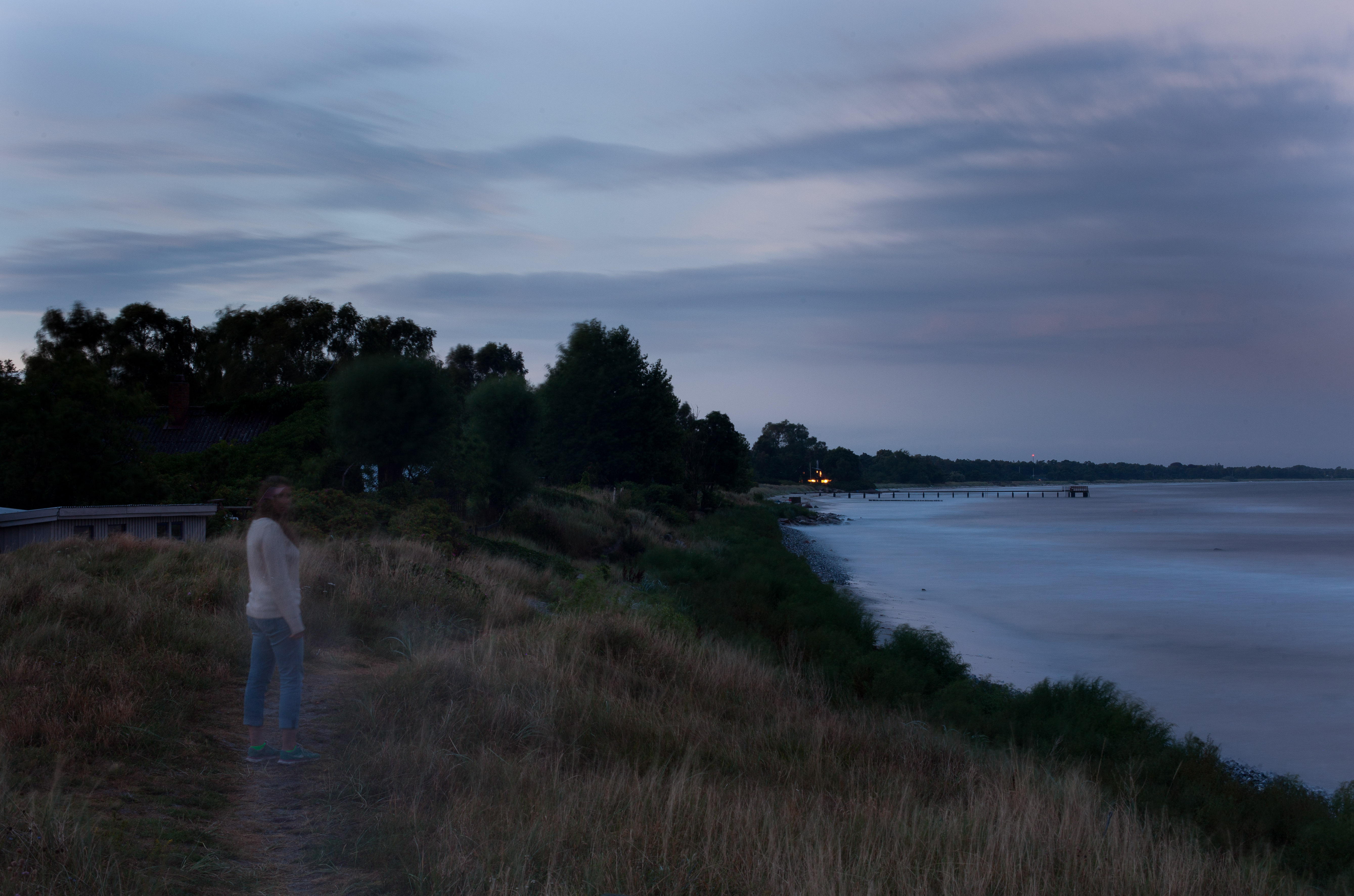
A self portrait of Rachael overlooking the exact spot in Southern Sweden where her grandmother’s refugee boat came to shore in 1943. Photo by Rachael Cerrotti, 2016



 English
English Español
Español
–ANTON MASON, JEWISH SURVIVOR
Below is information to keep in mind when teaching the content in this unit. This material is intended to help teachers consider the complexities of teaching about survivors and liberators and to deliver accurate and sensitive instruction.
|
|
The purpose of this unit is to provide students with an understanding of the immense physical and emotional challenges faced by survivors during the period of liberation. The lessons explore these realities and the incredible will to live of the Jewish people as they embraced a “return to life.” The unit also examines the role of the liberators following the defeat of the Nazis at the end of World War II.
- Why was liberation not simply a “happy ending to a sad story”?
- What did it mean for Jewish survivors to “return to life” after the Holocaust?
- How was liberation an ongoing process for the survivors rather than a short-term event?
- In the aftermath of liberation, how did the world community come to understand and define genocide?
|
|

ACADEMIC STANDARDS
Academic and SEL Standards View More »
School Library Standards View More »
View More »
View More »
Testimony Reflections View More »

ACADEMIC STANDARDS
Academic and SEL Standards View More »
School Library Standards View More »
View More »
View More »
Reflexiones de los Testimonios Ver más »
60 minutes
60 minutes
LESSON 1: Liberation of the Nazi Camps
In this lesson, students examine the eyewitness accounts of liberators and explore their critical role in making the world aware of Nazi atrocities. They analyze a letter written by General Dwight D. Eisenhower, in which he bears witness to the brutality. Students also view visual history testimony of Black and Japanese American liberators, and reflect on their experiences in the context of the segregation and racism they faced at home.
| 1 | The handout Liberator Reflections is projected or distributed. As a class or in pairs, students read the quotes and discuss the following questions:
|
| 2 | Students view the map, Liberation of Major Nazi Camps, 1944-1945, and then watch the Video Toolbox, Liberators and Survivors: The First Moments, up to 5:15. After viewing, they journal and/or participate in a whole group discussion in response to some of the following questions: |
|
|
| 3 | The following handout is distributed: Letter from Eisenhower to Marshall, April 15, 1945. Individually or in pairs, students analyze the excerpt, annotating it in response to the question, “What was the importance of liberators as eyewitnesses?” One or more of the “Think about It” questions are assigned for students to respond to via discussion or writing. The class then gathers to consider these questions and share insights gained from the reading. |
| 4 | Students watch testimony clips of Black and Japanese American liberators and consider their experiences in the context of the discrimination they faced at home and in the armed forces: [L]Paul Parks[/L], [L]Leon Bass[/L], and [L]Katsugo Miho[/L]. As they watch the clips, students take notes on the Testimony Reflections handout. |
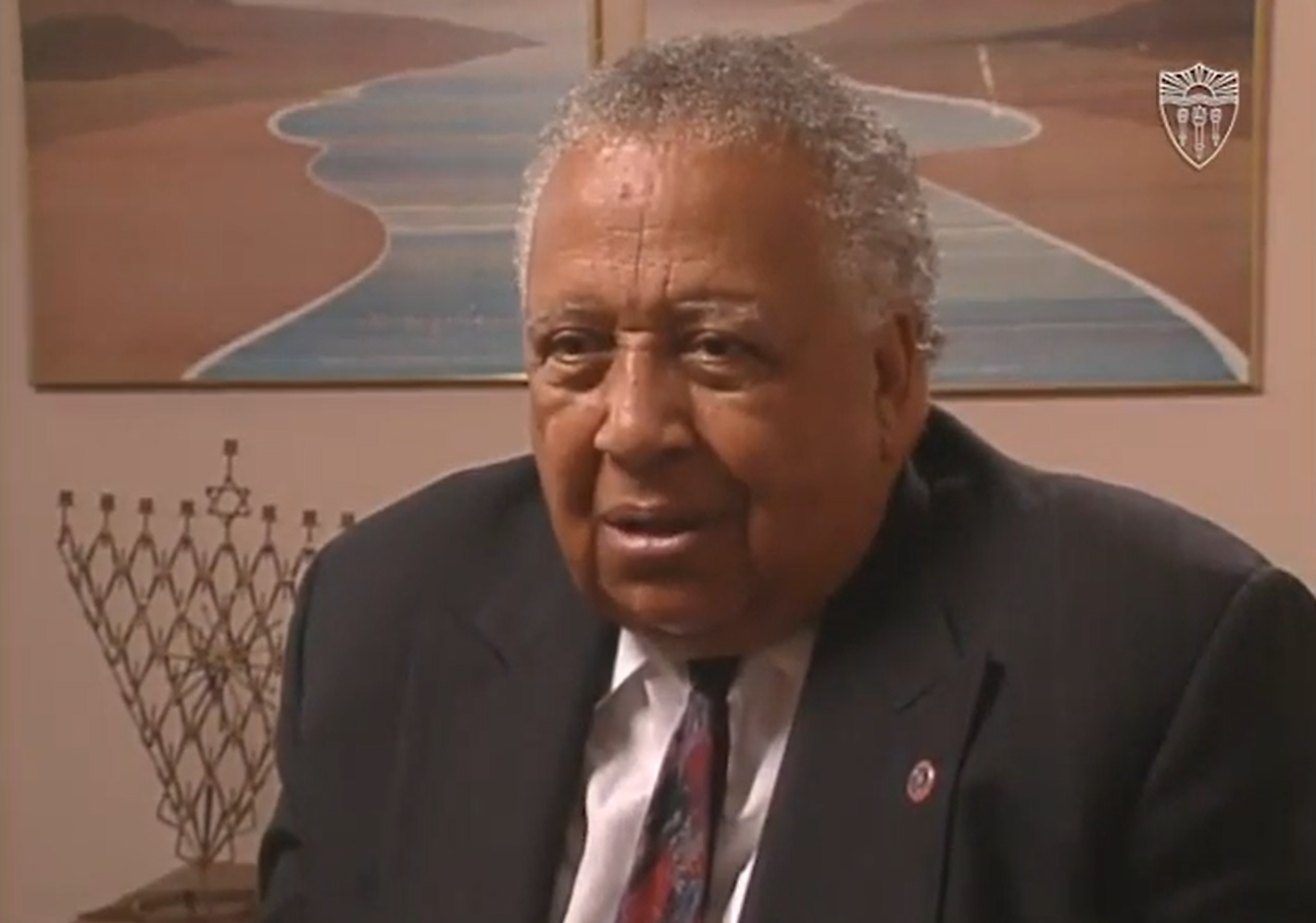

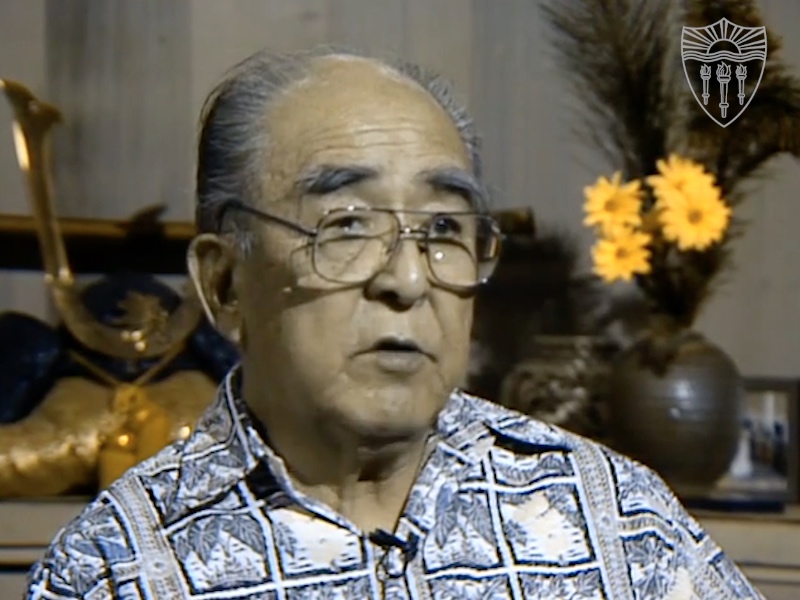
View More »
 IWITNESS ACTIVITY
IWITNESS ACTIVITYHow Did Liberation Impact the Liberators?
here »



View More »
 IWITNESS ACTIVITY
IWITNESS ACTIVITYHow Did Liberation Impact the Liberators?
here »
| 5 | After viewing the testimony clips, students journal and/or participate in a whole group discussion in response to some of the following questions:
|
| 6 | As a summative task, students imagine they are one of the politicians or journalists sent to witness the liberated camps at the urging of Eisenhower. They create a list of 3-5 observations that they would include in a report or article for the American public. The list should contain not just physical conditions, but also key understandings about what took place. |
135 minutes
135 minutes
LESSON 2: Holocaust Survivors Return to Life
In this lesson, students examine testimony, artifacts, and letters in order to understand the extreme physical and emotional challenges survivors struggled with after liberation. They also analyze works of poetry and art in order to appreciate the will of the Jewish people to live and their gradual “return to life.”
| 1 | As a class, students explore the sources below highlighting the dire physical condition of survivors. They discuss the basic health needs of survivors in the immediate aftermath of liberation:
|
| 2 | Students form small groups and learn that they will examine an artifact that was meaningful to a survivor like Haim Kuznitsky during the period of liberation. The Artifact Analysis handout is distributed and the instructions are reviewed. The Artifacts Related to Liberation handout is then distributed and students immediately fold it back so they can only see the images and not the text. Groups choose one artifact to observe and complete the See-Think-Wonder analysis, followed by a group discussion. The class gathers to discuss their reactions and insights. |
Artifact Analysis View More »
Artifacts Related to Liberation View More »
| 3 | In pairs, students consider the following question: In addition to the physical challenges faced by survivors after liberation, what spiritual or emotional challenges do you think they experienced? As a class, students share their thoughts and reflect on the ways in which spiritual wounds were as devastating as physical ones |
| 4 | Students remain in their pairs and are assigned one or more excerpts to read from the handout First Letters After Liberation. Students annotate the letters by highlighting and recording margin notes on the emotional challenges faced by each survivor. As a class, students discuss their insights and reflect on the overwhelming hardships survivors had to cope with as they faced their future lives. |
| 5 | The handout Survivors’ Return to Life is distributed and students read the introduction together. Students take notes on the handout as they view the testimonies of survivors who reflect on their experiences immediately after liberation: [L]Anton Mason[/L], [L]Gerda Klein[/L], and [L]David Abrams[/L]. |
El Regresso a la Vida de los Sobrevivientes Ver más »
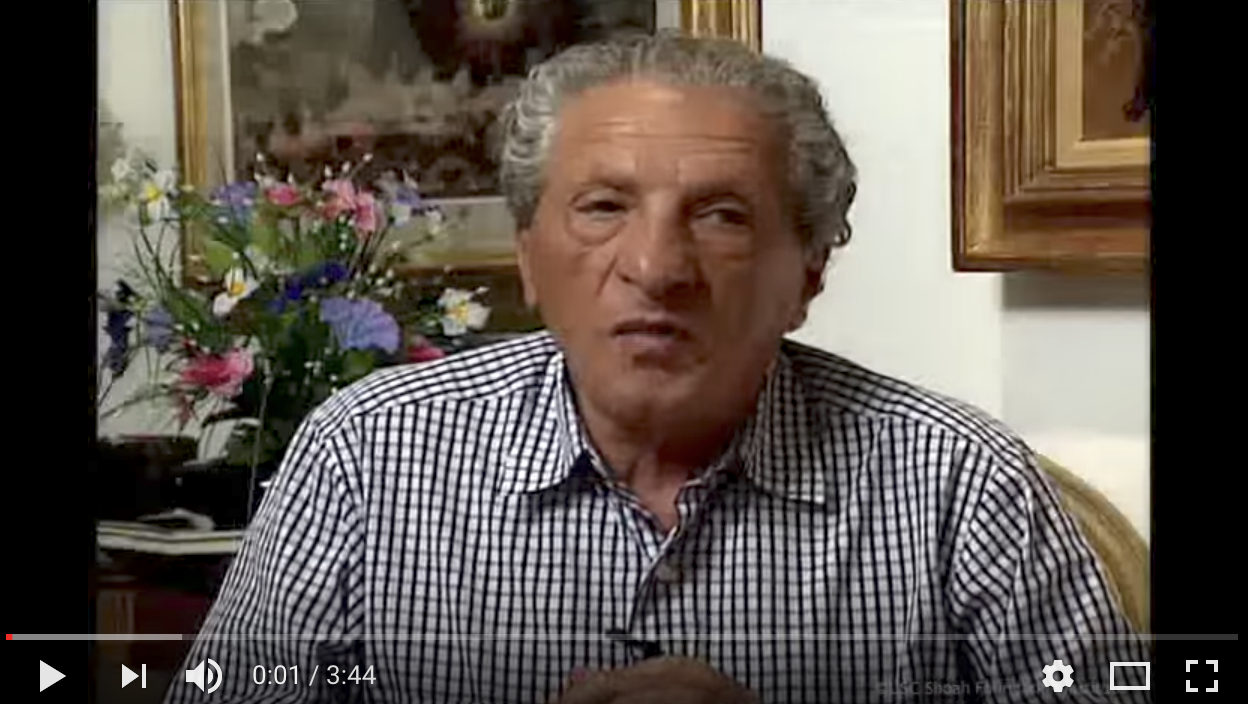
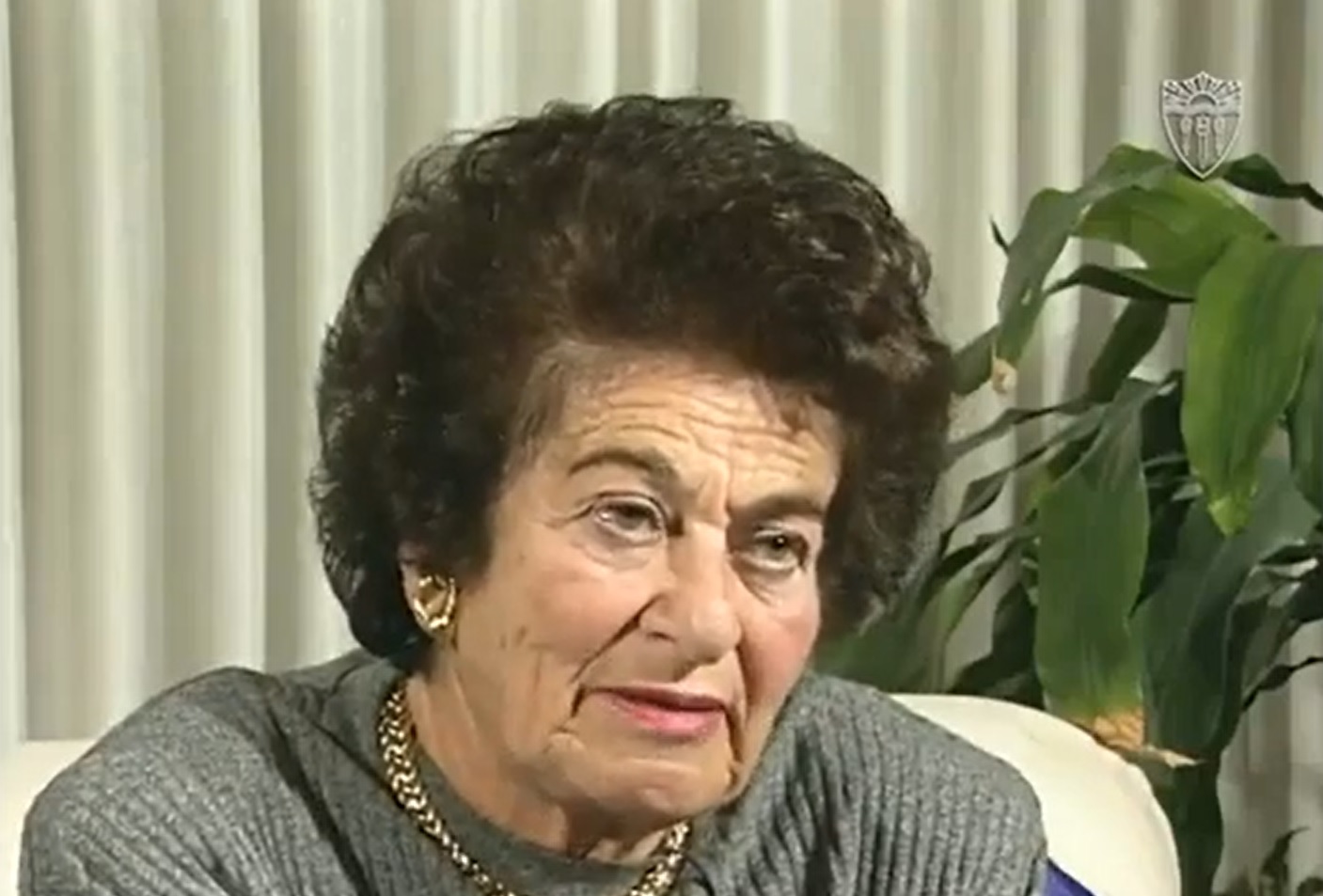
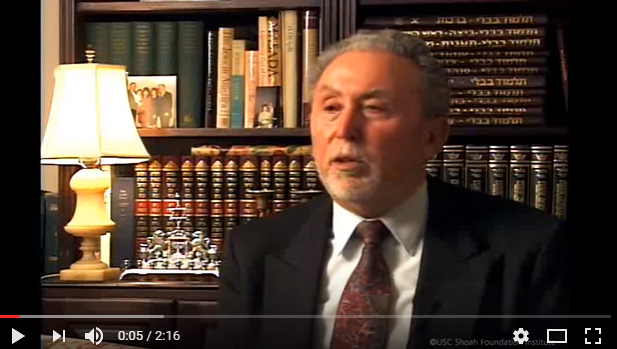
| 6 | After viewing the testimony clips, students journal and/or participate in a whole group discussion in response to some of the following questions: |
|
|
| 7 | Students continue to reflect on the idea of “return to life” by analyzing one of the works of art below. Individually, they choose one piece to think about and engage in a brief written reflection on how the piece symbolizes survivors’ “return to life.” Students then form pairs in which one has focused on the poem and the other on the painting. They share a summary of each work’s meaning and their interpretation of how it relates to “return to life.” As a class, students discuss the artists’ hope and decision to choose life as they coped with the horrors of the Holocaust.
|
| 8 | As a summative task, students respond to the final passage from Night by Elie Wiesel. Drawing upon lesson sources, they consider and identify several ways in which that “corpse” might have been able to feel human again, to envision a “return to life.”
|
90 minutes
90 minutes
LESSON 3: Displaced Persons’ Camps After the Holocaust
Through texts and visual testimony, students investigate how postwar antisemitism, barriers to repatriation, and difficult conditions in DP camps rendered many Jewish people “liberated but not free.” Students also analyze testimony and images from DP camps to understand the choices Jewish people made to rebuild their lives despite all they had suffered and lost.
| 1 | The phrase, “liberated but not free” is posted. In pairs, students discuss the meaning of this phrase as it relates to Jewish survivors of the Holocaust. They create a concept map or simple list of ways in which they think survivors were not truly free in the aftermath of liberation. Pairs share their ideas with the class. |
| 2 | Students consider that one obstacle to freedom following liberation was the continuation of widespread antisemitism. They view the testimonies of individuals who discuss the 1946 Kielce Pogrom, which resulted in the murder of 42 Jews in Poland: [L]Rachel Huber[/L] and [L]Malwina Moses[/L]. As they watch the clips, students take notes on the Testimony Reflections handout. |
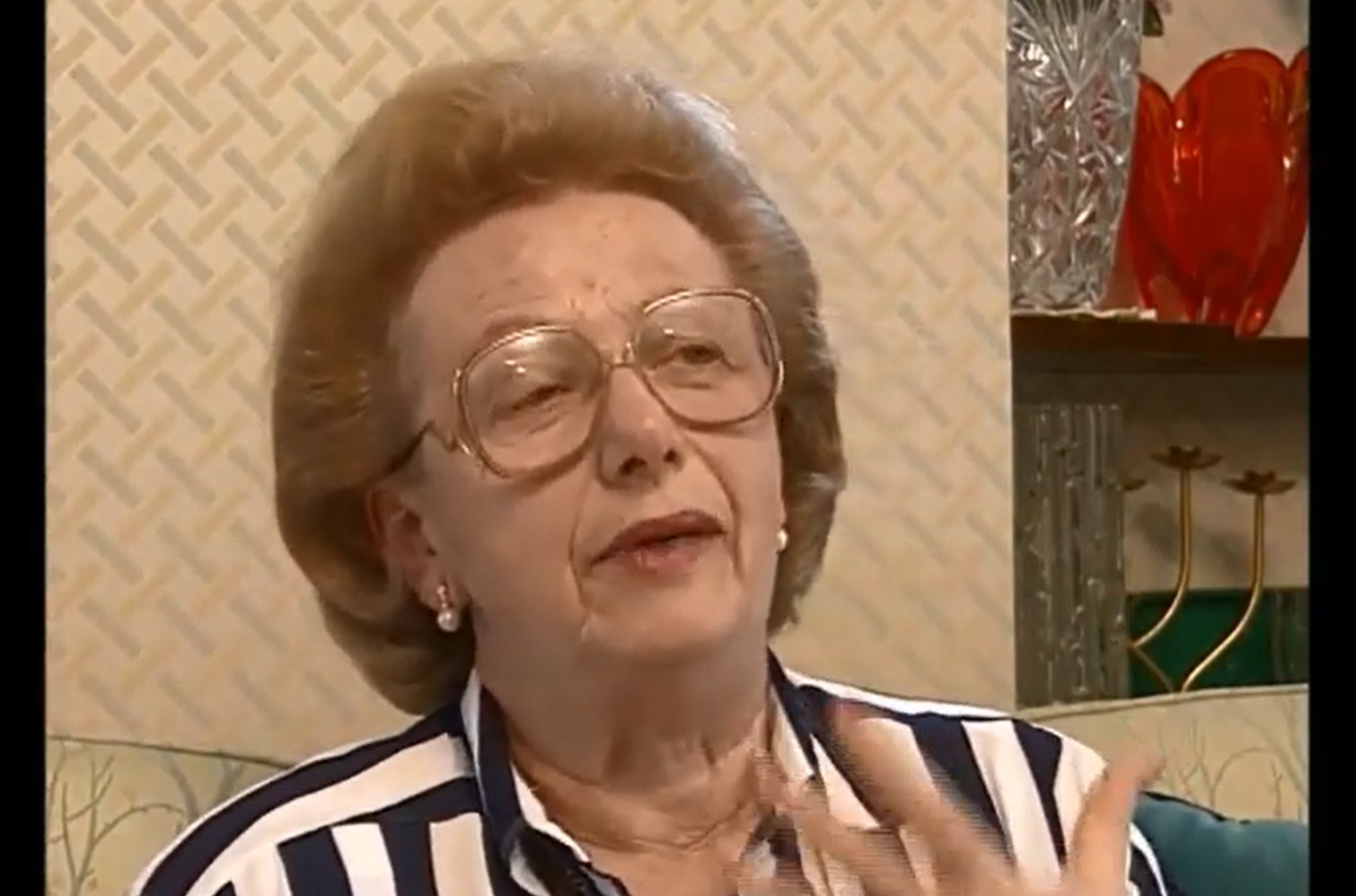
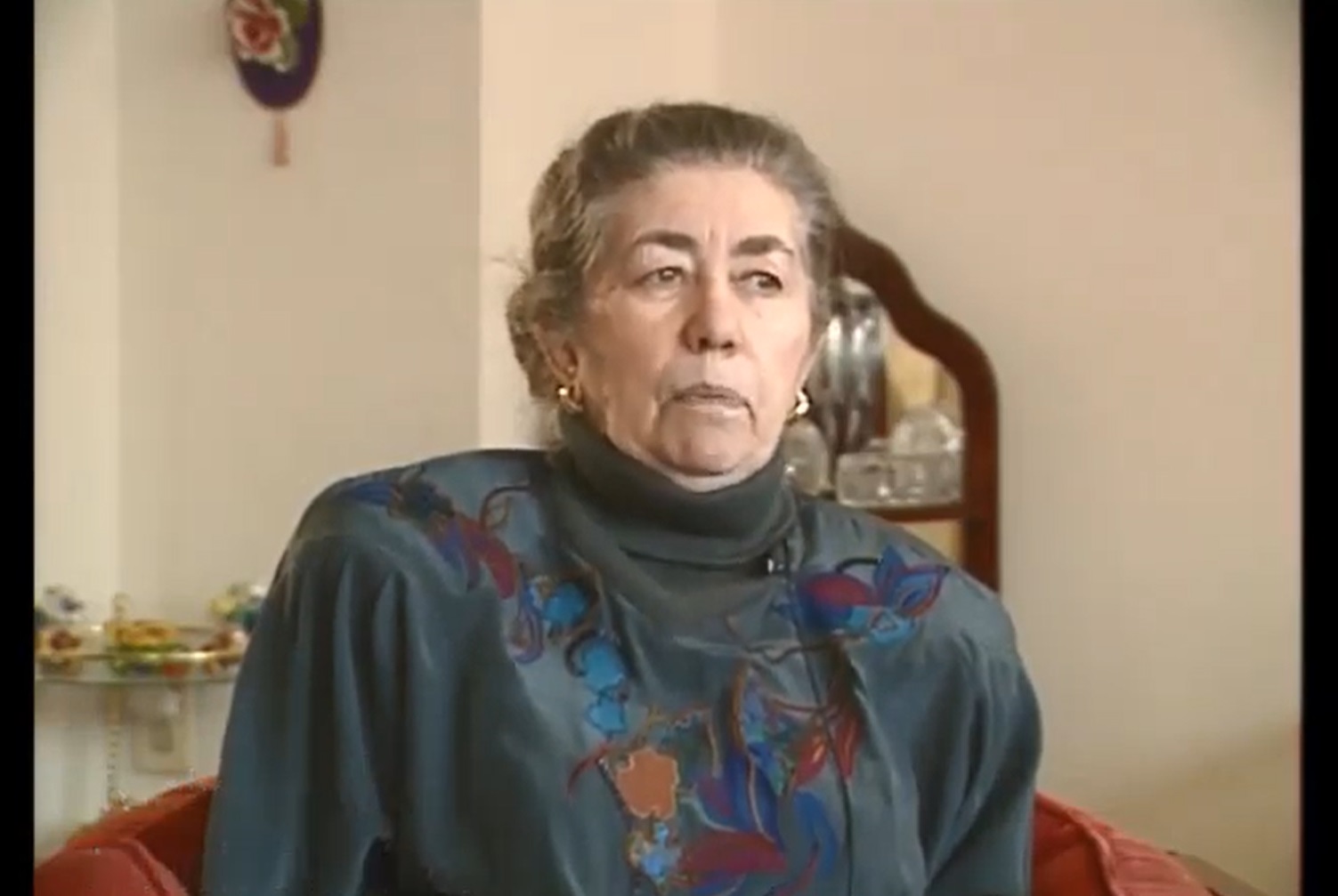
View more »


View more »
| 3 | After viewing the testimony clips, students journal and/or participate in a whole group discussion in response to some of the following questions: |
|
|
| 4 | In pairs or small groups, students read the Displaced Persons handout and answer the accompanying questions. They review their responses as a whole group. The class discusses how factors including postwar antisemitism, barriers to immigration and repatriation, and difficult conditions in DP camps contributed to the feeling of “liberated but not free” for many Jewish survivors. |
Displaced Persons View more »
 IWITNESS ACTIVITY
IWITNESS ACTIVITYUnderstanding Displaced Persons' Camps
here »
| 5 | Students view testimony of Jewish survivors who experienced displaced persons’ camps: [L]Malka Baran[/L] and [L]Daniel Geslewitz[/L]. As they watch the clips, students take notes on the Testimony Reflections handout, focusing especially on actions and feelings that demonstrate a “return to life” despite the hardships of the DP camps. |
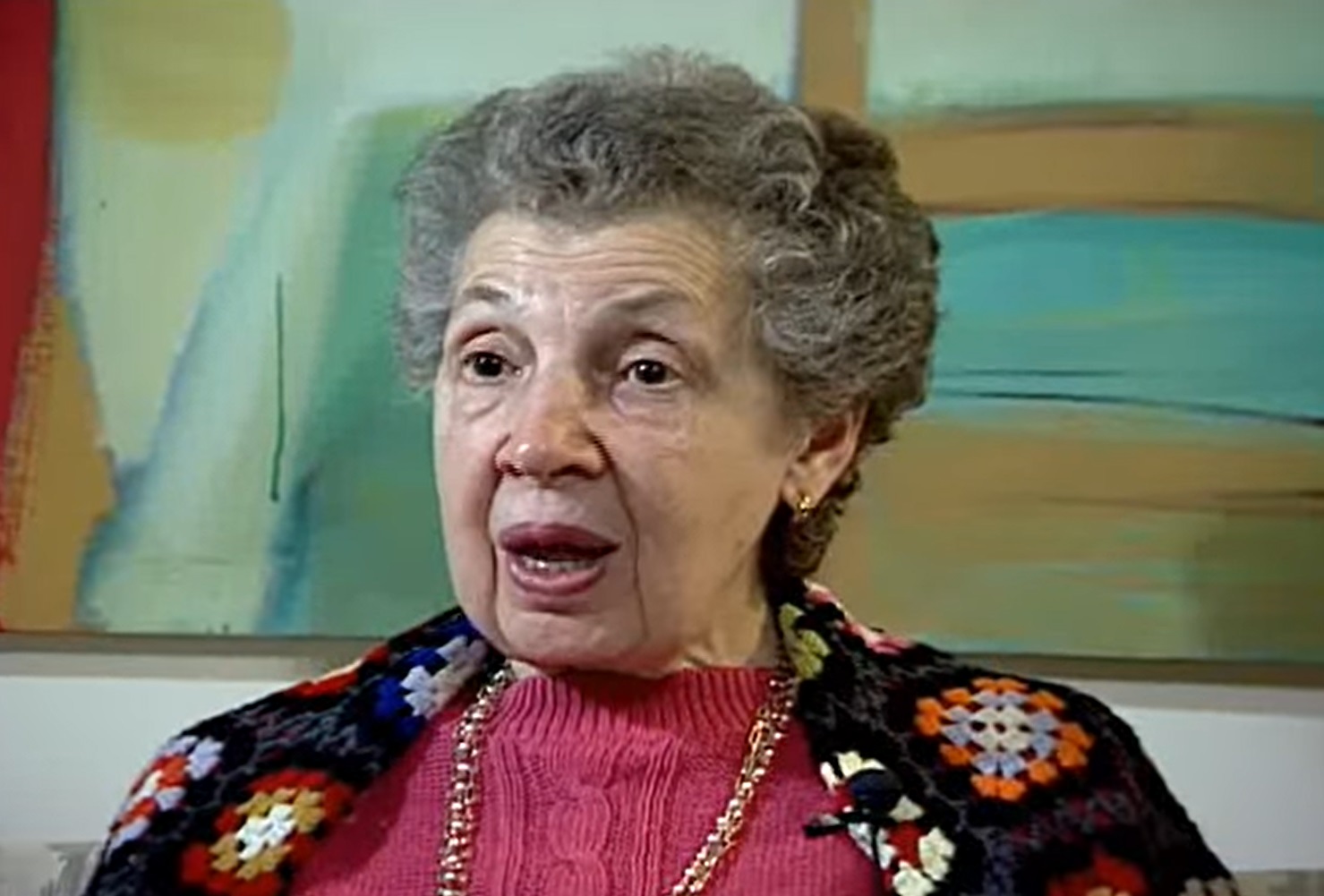

View more »


View more »
| 6 | After viewing the testimony clips, students journal and/or participate in a whole group discussion in response to some of the following questions: |
|
|
| 7 | The Displaced Persons’ Camp Images are placed at different stations or displayed in different parts of the room. A sheet of chart paper with the questions below is positioned next to each. In small groups, students rotate and observe at least four images. They add their ideas to the corresponding charts.
|
| 8 | Students take a “gallery walk” and review the image reflections noted by their peers. The class then gathers and the handout DP Camp Images – Explanation is either distributed or projected. Students review the handout and discuss the questions below, as well as their general insights in response to the activity.
|
| 9 | As a summative task, students choose one of the characteristics from the list below and identify a person or image from the lesson that most reflects the characteristic. On an index card, students describe their reasoning, using evidence from lesson sources. In pairs, students share their reflections. As time allows, students form new pairs and continue sharing. The index cards can be collected to check for understanding of lesson concepts.
|
The ideas below are offered as ways to extend the lessons in this unit and make connections to related historical events, current issues, and students’ own experiences. These topics can be integrated directly into Echoes & Reflections lessons, used as stand-alone teaching ideas, or investigated by students engaged in project-based learning.
| 1 | Visit IWitness (iwitness.usc.edu) for testimonies, resources, and activities to help students learn more about survivors and liberators during the Holocaust. |
| 2 | After visiting the liberated concentration camp in Ohrdruf, Germany, General Dwight D. Eisenhower dispatched a letter to Washington, D.C. urging journalists to witness the atrocities for themselves. CBS reporter Edward R. Murrow visited Buchenwald concentration camp in April 1945 and was among the first to provide a firsthand account. Watch a clip of Murrow’s broadcast or read an excerpt of his testimony. Then respond to Murrow’s concluding comments (below) in a small group discussion or journal entry.
|
| 3 | Postwar antisemitism in Europe was a barrier to Jewish people wishing to return to their home countries and rebuild their lives. Jewish people in the United States faced antisemitism during this period as well. Utilizing information in the Jewish Migration and Antisemitism after the Holocaust handout, Map of Jewish Populations, and the Virtual Jewish History Tours provided by the Jewish Virtual Library, choose a country and write an essay in which you describe how antisemitism affected survivors in that country and how this helps supplement your understanding about postwar antisemitism and the difficulties it imposed on Jews as they sought to rebuild their lives after the Holocaust. |
| 4 | The United Nations High Commissioner for Refugees (UNHCR) provides protection and life-saving assistance to millions of people worldwide who have been forced to flee their homes due to war and persecution. When possible, UNHCR helps refugees and other displaced people return to their homes. Research the UNHCR and share your findings in a presentation format of your choice (oral, written, multimedia). Answer the following questions in your presentation:
|
Bergen-BelsenBuchenwald
concentration campcrematoriaDachau







